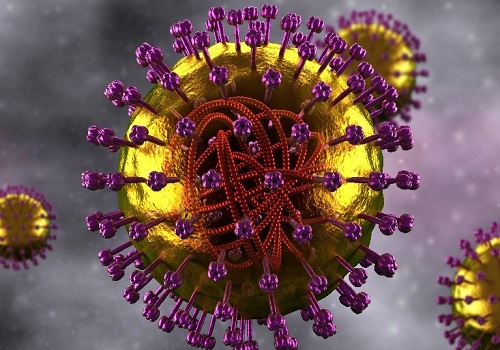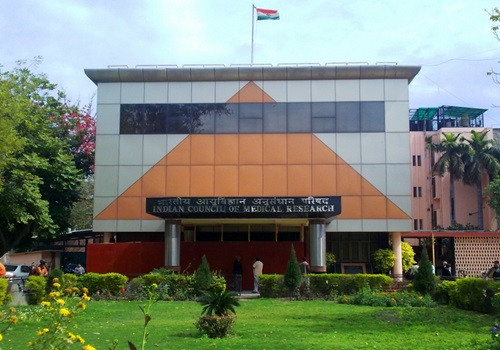Scientists find how measles virus spreads in human brain

Follow us Now on Telegram ! Get daily 10 - 12 important updates on Business, Finance and Investment. Join our Telegram Channel
Scientists have mapped how the measles virus mutated and spread in the brain of a person who succumbed to a rare, lethal brain disease.
Measles is one of the most contagious diseases. The measles virus infects the upper respiratory tract where it uses the trachea, or windpipe, as a trampoline to launch and spread through droplets dispersed when an infected person coughs or sneezes.
While vaccination can effectively combat the disease, hesitancy and missed vaccinations, especially during the Covid-19 pandemic, is causing a resurgence. The new finding, published in the journal PLOS Pathogens, may help create effective antiviral drugs to combat virus spread in the brain.
The team at Mayo Clinic in the US studied the brain of a person who had contracted measles as a child and had succumbed to subacute sclerosing panencephalitis (SSPE), later as an adult.
SSPE, is a complication of measles, and occurs in about one in every 10,000 measles cases. It can take about five to 10 years after the initial infection for the measles virus to mutate and spread throughout the brain. Symptoms of this progressive neurological disease include memory loss, seizures and immobility.
Using the latest tools in genetic sequencing, the team reconstructed how a collective of viral genomes colonised the human brain. They found that the virus acquired distinct mutations that drove the spread of the virus from the frontal cortex outward.
"Our study provides compelling data that shows how viral RNA mutated and spread throughout a human organ -- the brain, in this case," said co-lead author Roberto Cattaneo, a Mayo Clinic virologist.
"Our discoveries will help in studying and understanding how other viruses persist and adapt to the human brain, causing disease. This knowledge may facilitate the generation of effective antiviral drugs," he added.
In the study, the team investigated 15 specimens from different regions of the brain and conducted genetic sequencing on each region to piece together the puzzle of how the measles virus mutated and spread.
The researchers discovered that, after the measles virus entered the brain, its genome -- the complete set of genetic material for the virus -- began to change in harmful ways. The genome replicated, creating other genomes that were slightly different.
Then, these genomes replicated again -- resulting in more genomes that were each a little different as well. The virus did this multiple times, creating a population of varied genomes.












 320-x-100_uti_gold.jpg" alt="Advertisement">
320-x-100_uti_gold.jpg" alt="Advertisement">








